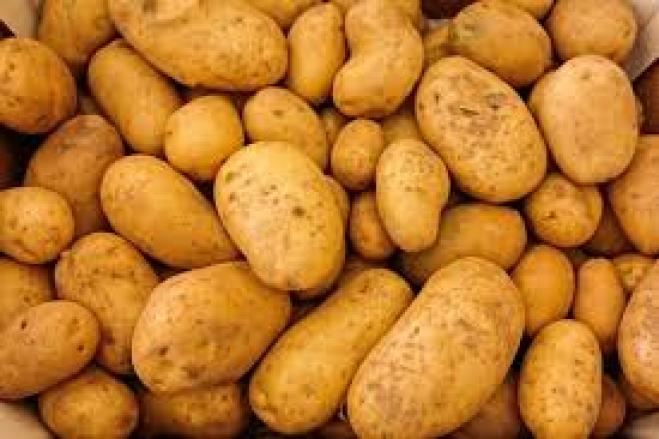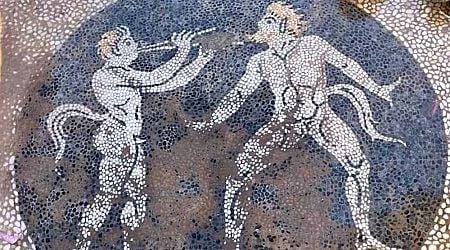Failing Infrastructure and Drought
According to a report by OT.gr, production has dropped from 6,000 tons in 2022, to 4,000 tons in 2023, and a mere 1,800 tons this year, with farmers painting a catastrophic picture for the future of the Naxos potato.
The President of the Union of Agricultural Cooperatives of Naxos, Dimitris Kapounis, attributes the dire situation to drought and the absence of critical water infrastructure projects like the Tzikalari Dam.
Kapounis illuminates that the dam has been stalled for over 15 years, despite the fact that it has been planned and budgeted for €37.5 million.
The situation has become so critical that wells, some deep as 18 meters, have dried up. Meanwhile, others are filled with salty water, making it impossible to sustain livestock and agriculture.
Moreover, the long-awaited treatment of waste water on the island hasn’t been implemented either. This could replenish the island’s aquifers instead of having 3 million cubic meters of water sent to the sea, which could be used to water crops, according to the OT article.
The Future of Naxos Potatoes
The lack of proper infrastructure means that farmers are unable to water their crops, which has slashed production levels in the spring and autumn.
Specifically, the fall planting season should have already started as of August 15 through September 15, with more than 1,000 acres traditionally already planted.
This year, however, nothing has been planted as farmers have no way to irrigate crops.
This comes on the back of already low planting from this past spring, which was 60% less than normal.



































